Niger Severs Intelligence Ties with Russia and Turkey Amid Escalating Security Strains
As Niger navigates this volatile terrain—suspended from ECOWAS and under increasing scrutiny from regional partners—the junta must balance its sovereign security goals with the practical demands of rebuilding a functional intelligence infrastructure.
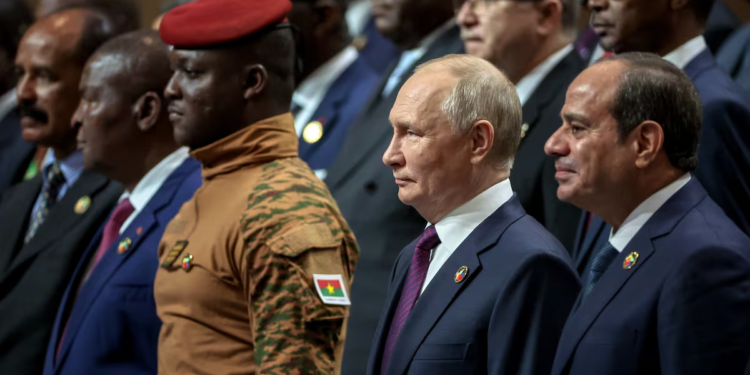
Niger’s ruling military council has officially cut off intelligence-sharing arrangements with Russia and Turkey, a move that underscores the nation’s mounting security woes and internal fractures. The decision, reportedly prompted by persistent dissatisfaction with foreign technical support, has left a critical gap in Niger’s surveillance infrastructure at a time of growing instability.
The Directorate General of Documentation and External Security (DGDSE), Niger’s lead intelligence agency, cited the underperformance of equipment and personnel provided by its Russian and Turkish partners—particularly in areas such as telecommunication interception—as the primary catalyst for ending the cooperation. In response, the junta turned to a Moroccan firm specialising in digital surveillance, supported by ARCEP, Niger’s telecommunications regulator.
However, this pivot swiftly collapsed when it emerged that the Moroccan company maintained indirect ties to a French private intelligence entity. Given Niamey’s firm disengagement from France, the military leadership acted decisively, dismantling the newly deployed system and plunging the country into an intelligence vacuum.
In the absence of a centralised surveillance capability, Niger’s Presidential Guard has assumed a makeshift security role. Night patrols—conducted by plainclothes officers on foot and motorcycles—now canvass sensitive sites across the capital, including key ministries, diplomatic zones, and high-traffic areas such as the Hospital Roundabout and Yantala district, between midnight and 6 a.m. These stopgap measures highlight the fragility of Niger’s internal security architecture and reflect the junta’s struggle to reassert control amid rising dissent within the armed forces.
Despite disengaging from direct intelligence operations with Moscow, Niger’s broader security entanglements with Russia persist. Alongside fellow Sahelian military regimes Mali and Burkina Faso, Niger recently signed a regional agreement with Russia’s state space agency, Roscosmos, to access satellite services for border surveillance and telecommunications. Finalised in Bamako, the deal is expected to enhance intelligence-sharing and regional coordination in tracking insurgent movements.
This paradoxical stance—rejecting operational support while embracing Russian technological assets—illustrates the CNSP’s conflicted security posture. It also reflects a strategic recalibration as Niger seeks to align more closely with the Alliance of Sahel States (AES), formed in 2023 by the three military-led governments to bolster joint defence initiatives.
Meanwhile, Islamist militant groups continue to exploit Niger’s vast and porous borders, particularly in regions like Tillabéri and Diffa. The CNSP’s capacity to manage this threat appears increasingly constrained, with sections of the military reportedly challenging central command—a troubling indicator of potential fragmentation within Niger’s armed forces.
Compounding these challenges is a worsening socio-economic crisis. Although the country has made limited strides in agriculture, poverty remains widespread. The World Bank estimates that nearly half the population lives in extreme poverty, and humanitarian forecasts suggest that by the end of 2025, around 4.8 million Nigeriens will require assistance—over 3 million of them in urgent need of food aid. Additionally, Niger hosts close to one million displaced persons, many of whom reside in high-risk zones vulnerable to both climate shocks and armed violence.

As Niger navigates this volatile terrain—suspended from ECOWAS and under increasing scrutiny from regional partners—the junta must balance its sovereign security goals with the practical demands of rebuilding a functional intelligence infrastructure. Without reliable external partnerships or a robust domestic defence industry, its ability to manage insurgency threats and maintain internal cohesion remains in serious question.
4 Comments
Comments are closed.
Recent Posts
Categories
- Air & Aerospace16
- Border Security15
- Civil Security4
- Civil Wars4
- Crisis5
- Cyber Security8
- Defense19
- Diplomacy19
- Entrepreneurship1
- Events5
- Global Security Watch6
- Industry8
- Land & Army8
- Leadership & Training5
- Military Aviation5
- Military History27
- Military Speeches1
- More1
- Naval & Maritime9
- Resources2
- Security12
- Special Forces1
- Systems And Technology9
- Tech6
- Uncategorized3
- UNSC1
- Veterans6
- Women in Defence9
Related Articles
RUSSIA’S WAGNER LEGACY IN AFRICA POST-PRIGOZHIN
In the diamond fields of the Central African Republic, Yevgeny Prigozhin’s shadow...
ByKing Richard Igimoh, Group Editor ALOOctober 1, 2025AFRICAN UNION SECURITY SUMMIT CONCLUDES WITH BOLD PLEDGES ON PEACE, REFORM, AND GLOBAL EQUITY
The 38th Ordinary Session of the African Union (AU) Assembly in Addis...
ByKing Richard Igimoh, Group Editor ALOSeptember 29, 2025AFRICAN UNION SECURITY SUMMIT CONCLUDES WITH BOLD PLEDGES ON PEACE, REFORM, AND GLOBAL EQUITY
The 38th Ordinary Session of the African Union (AU) Assembly in Addis...
ByKing Richard Igimoh, Group Editor ALOSeptember 26, 2025General Musa Leads Civil-Military Reset in Nigeria
Under General Musa’s Watch, Nigeria’s Military Reimagines Civil-Military Relations at Landmark...
ByKing Richard Igimoh, Group Editor ALOJune 23, 2025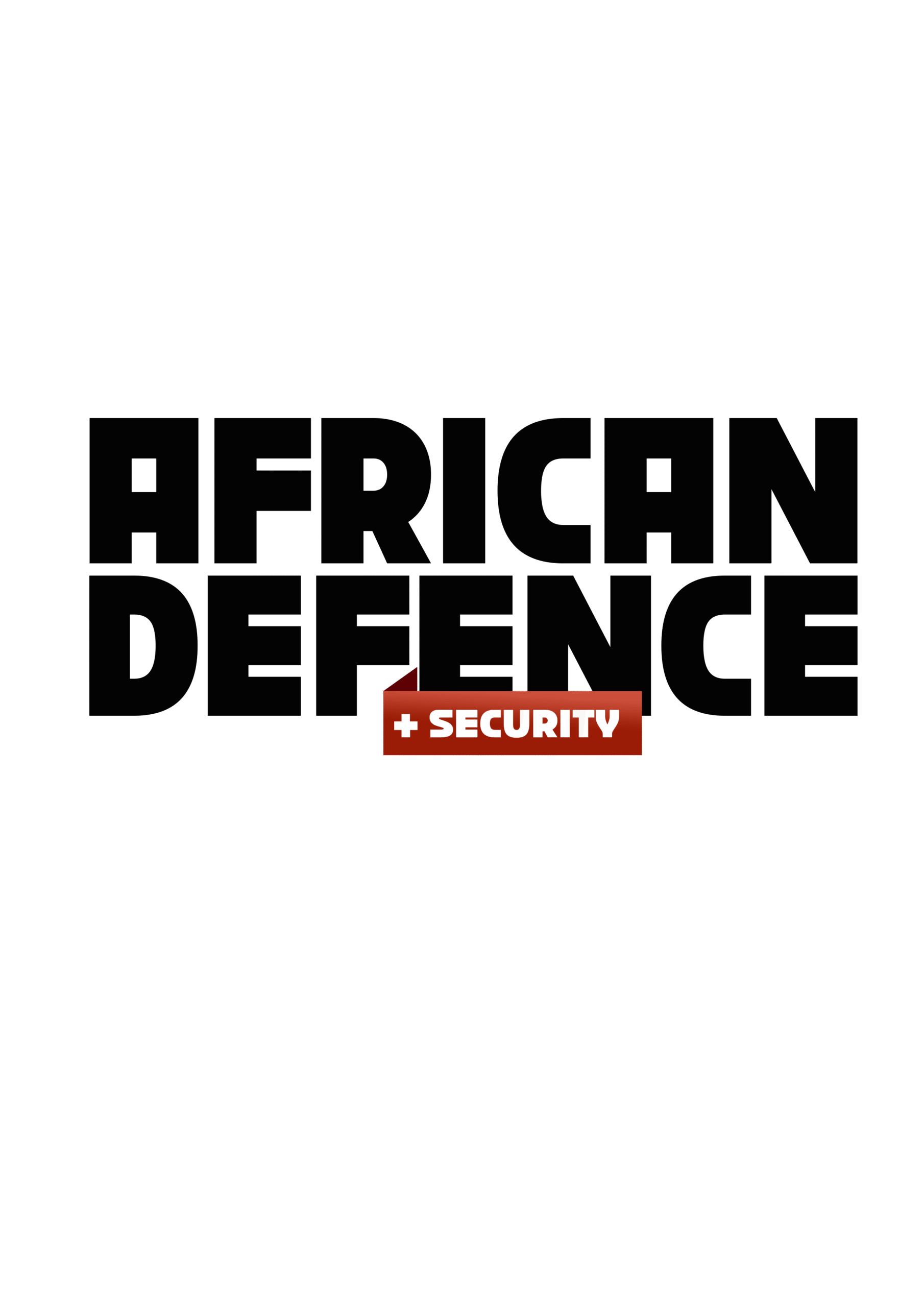
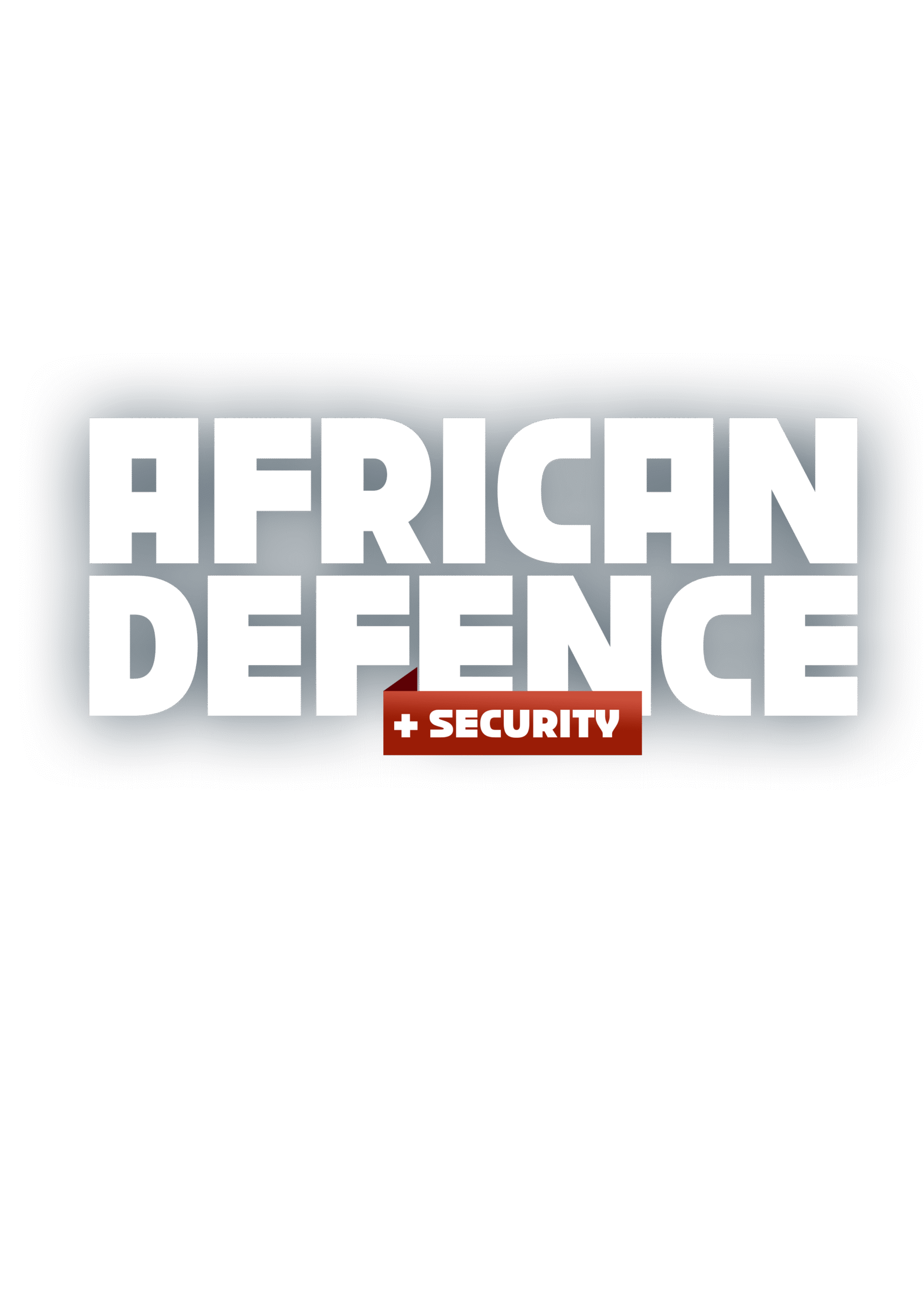


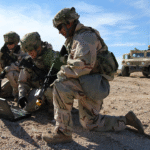

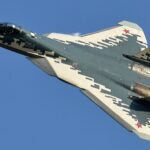
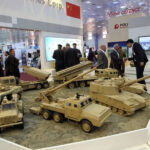
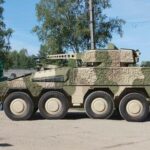


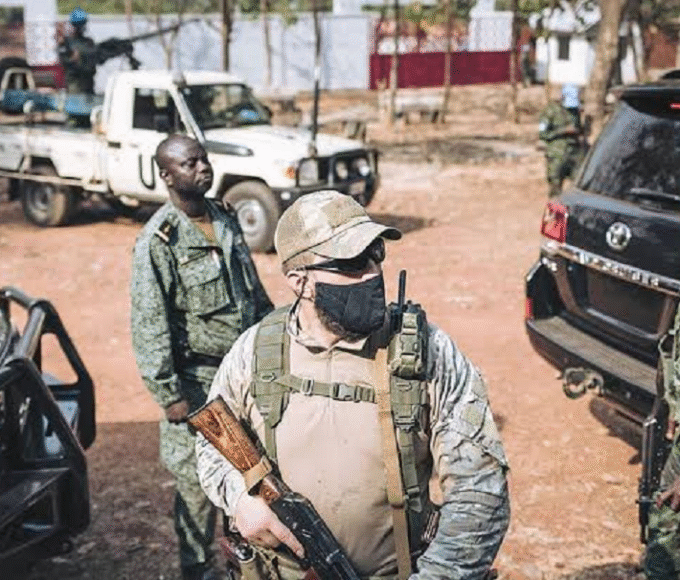
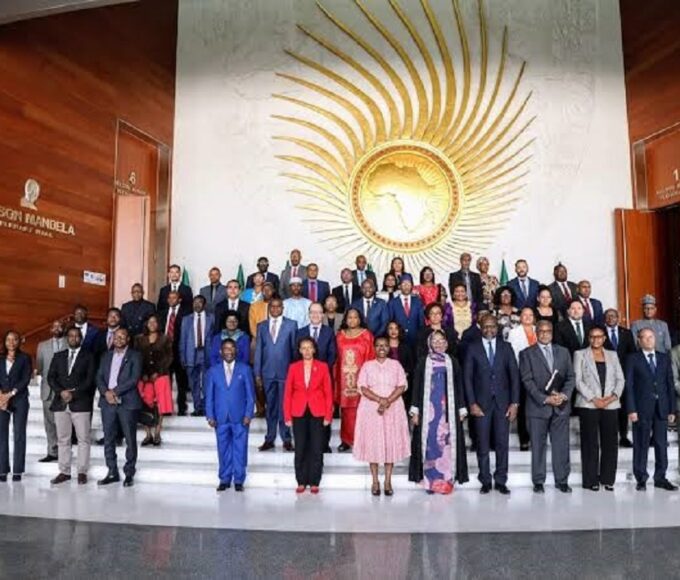
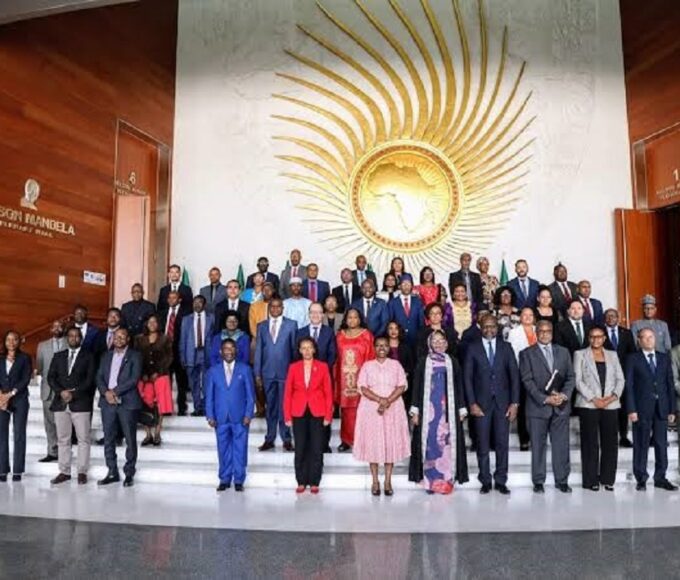
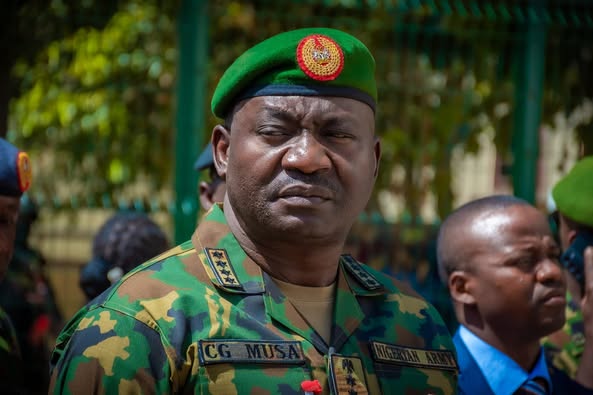
Lorem ipsum dolor sit amet, consectetuer adipiscing elit. Aenean commodo ligula eget dolor. Aenean massa. Cum sociis natoque penatibus et magnis dis parturient montes, nascetur ridiculus mus.
welLorem ipsum dolor sit amet, consectetuer adipiscing elit. Aenean commodo ligula eget dolor. Aenean massa. Cum sociis natoque penatibus et magnis dis parturient montes, nascetur ridiculus mus.
cod Lorem ipsum dolor sit amet, consectetuer adipiscing elit. Aenean commodo ligula eget dolor. Aenean massa. Cum sociis natoque penatibus et magnis dis parturient montes, nascetur ridiculus mus.
Lorem ipsum dolor sit amet, consectetuer adipiscing elit. Aenean commodo ligula eget dolor. Aenean massa. Cum sociis natoque penatibus et magnis dis parturient montes, nascetur ridiculus mus.